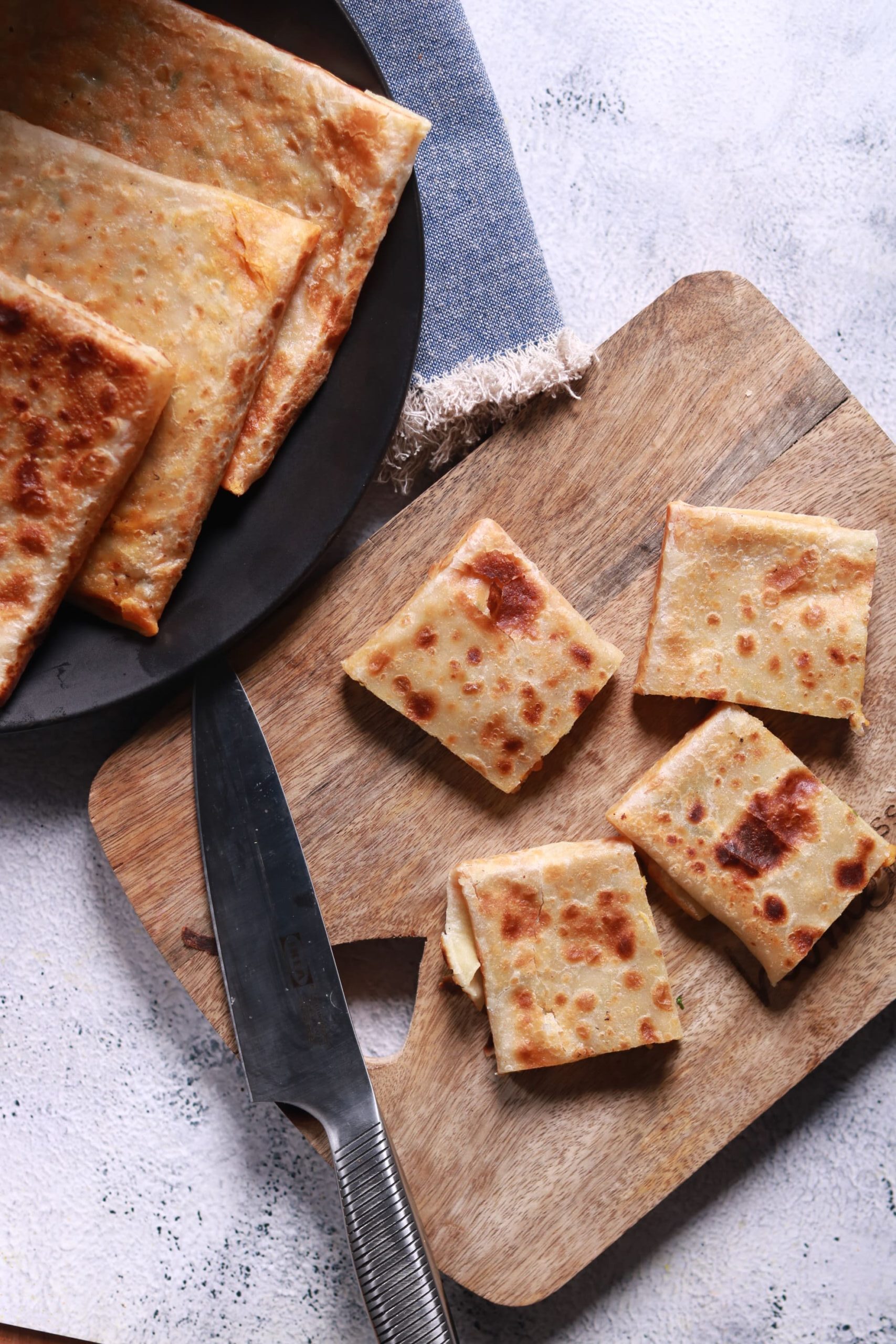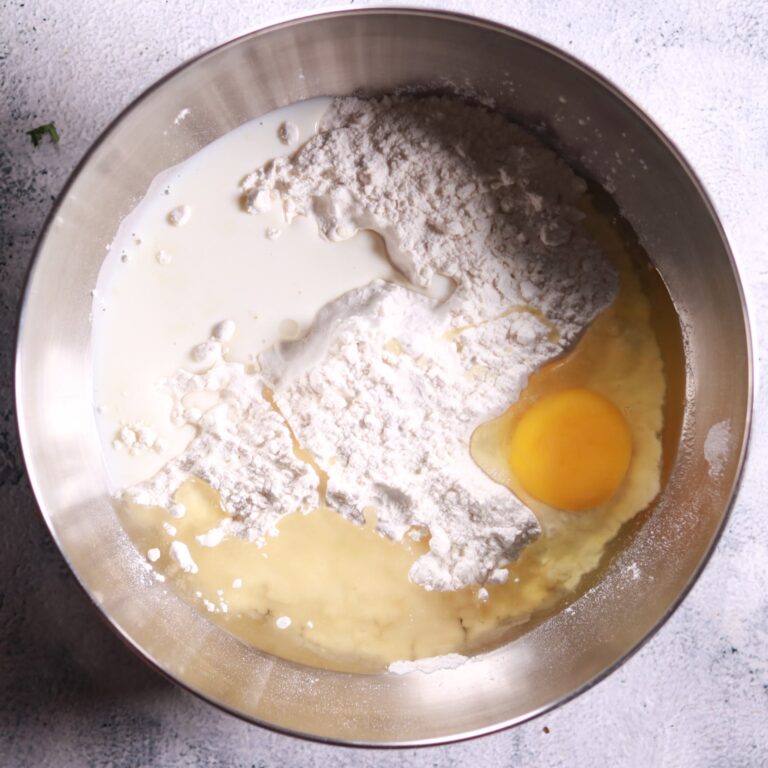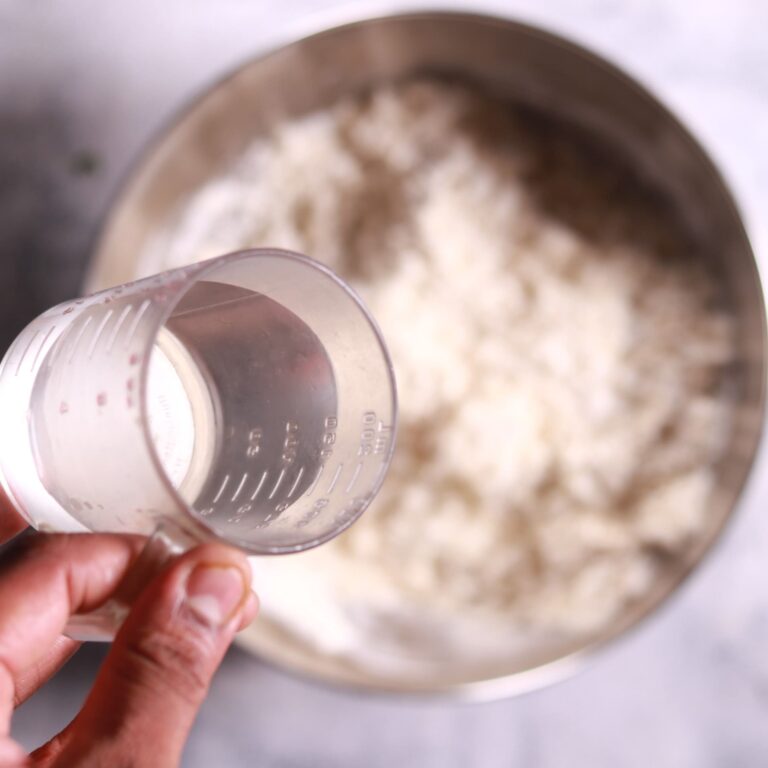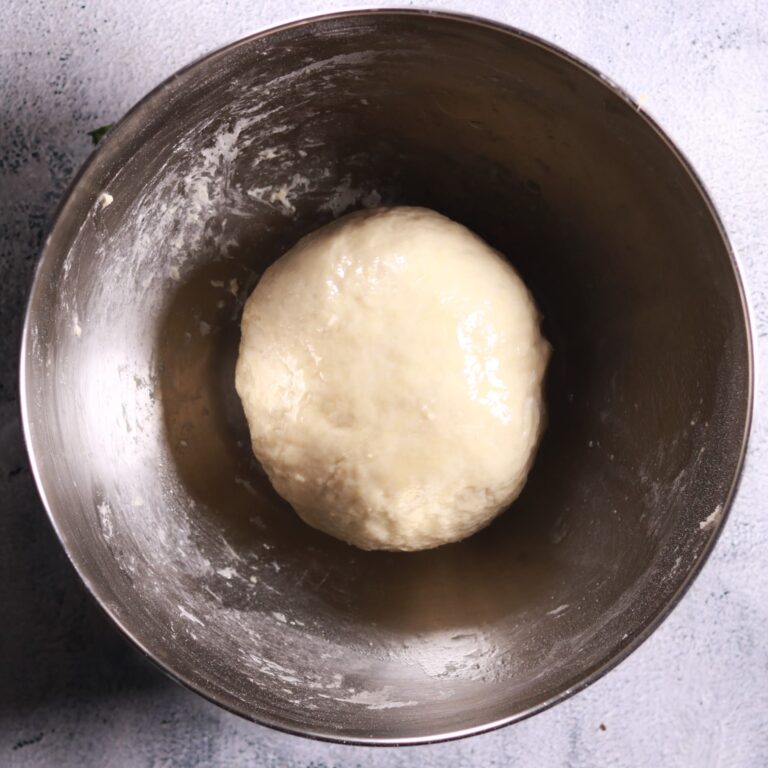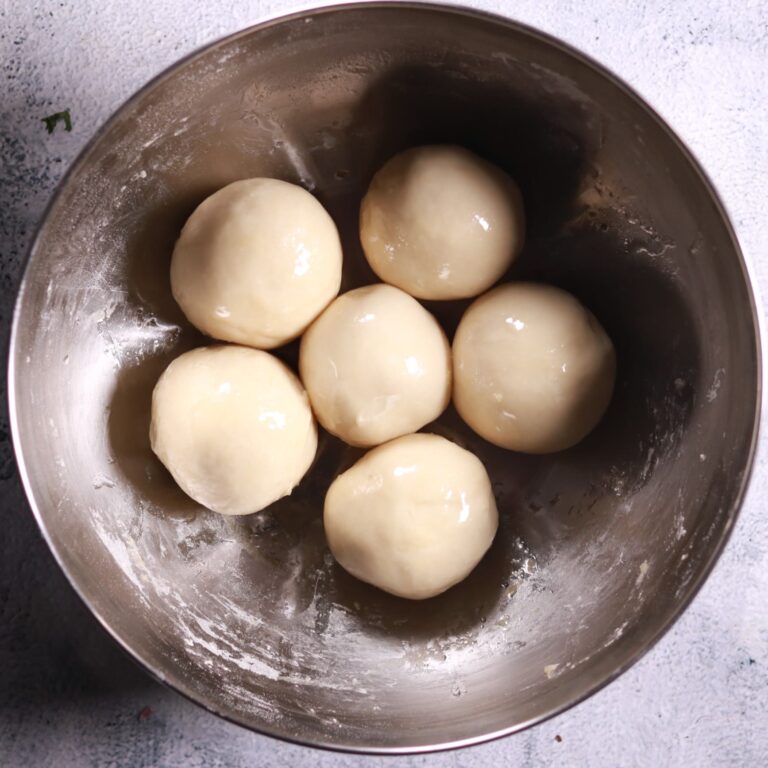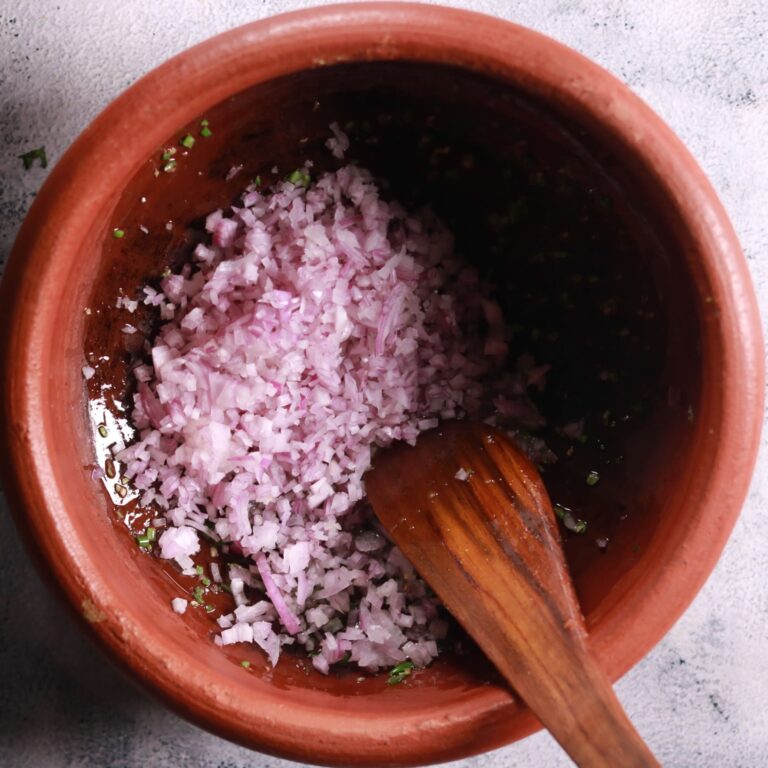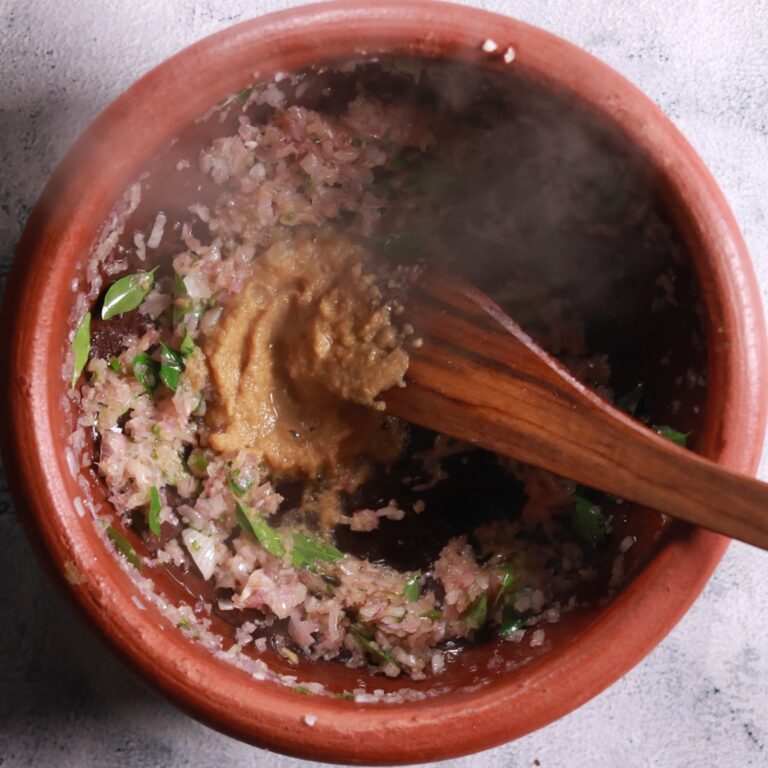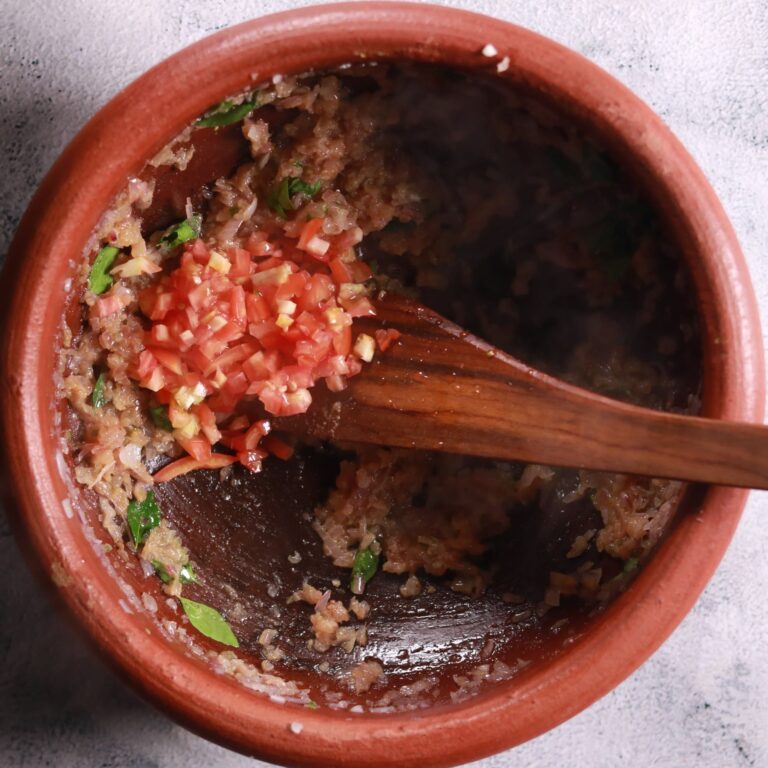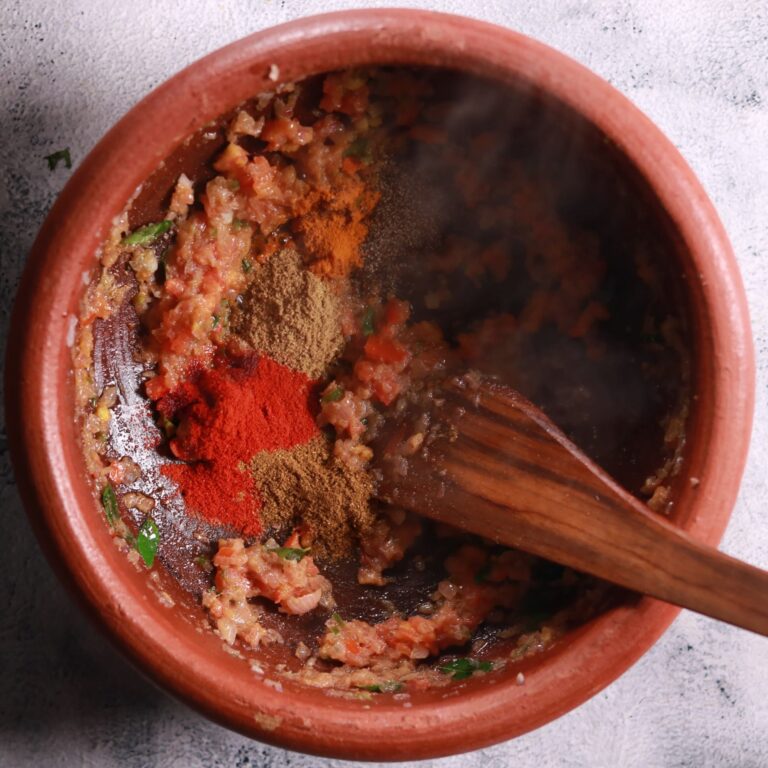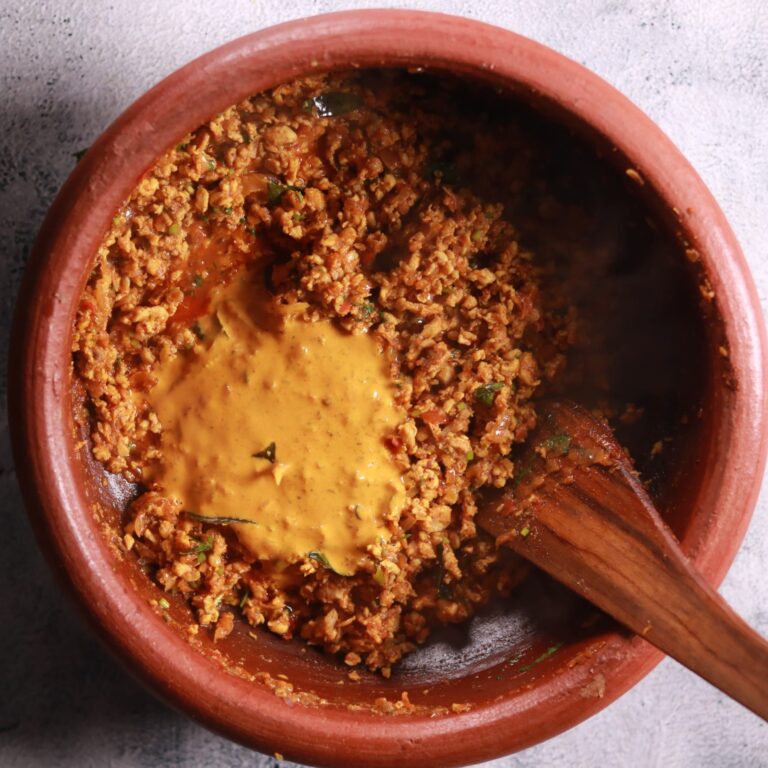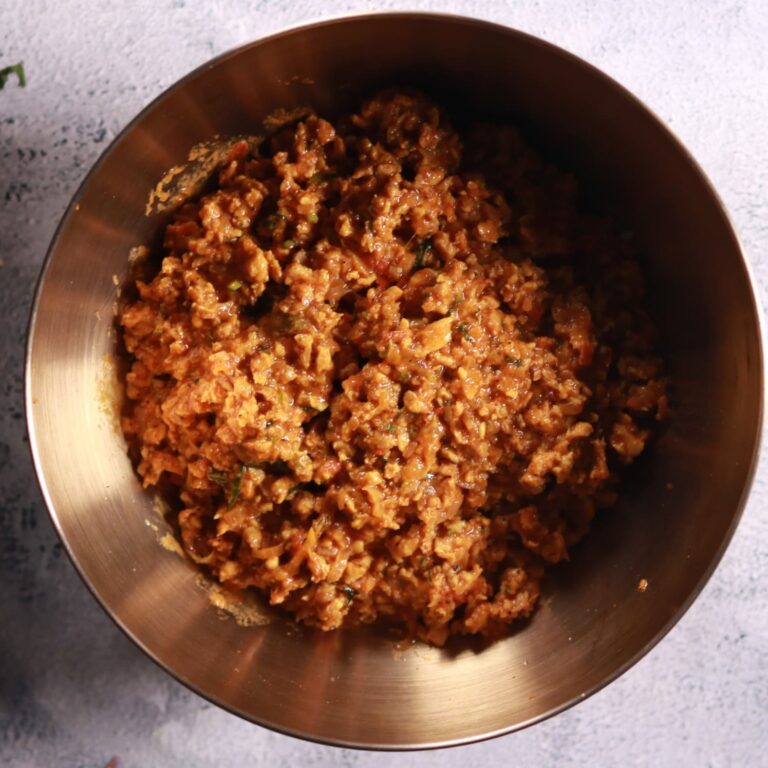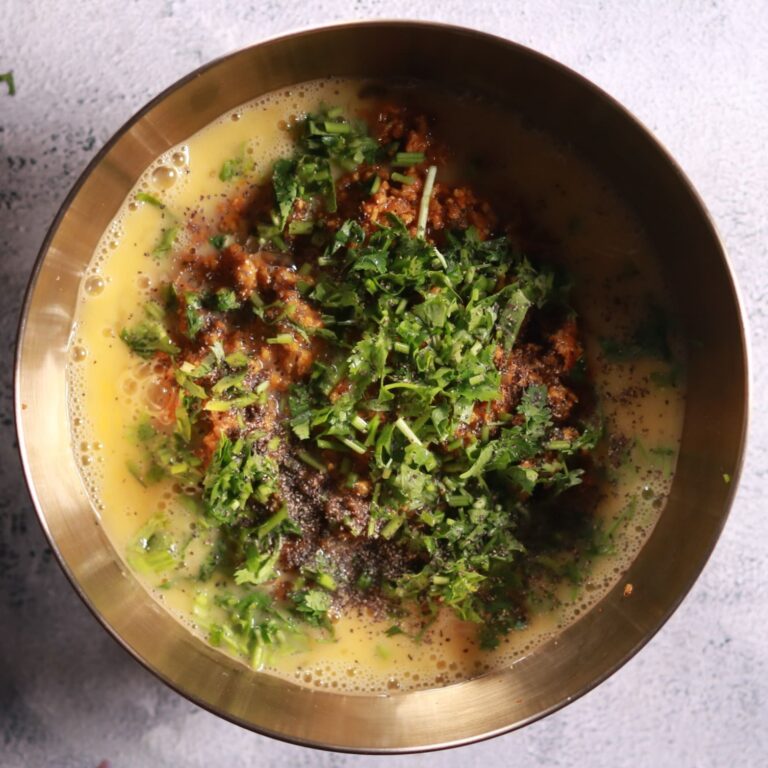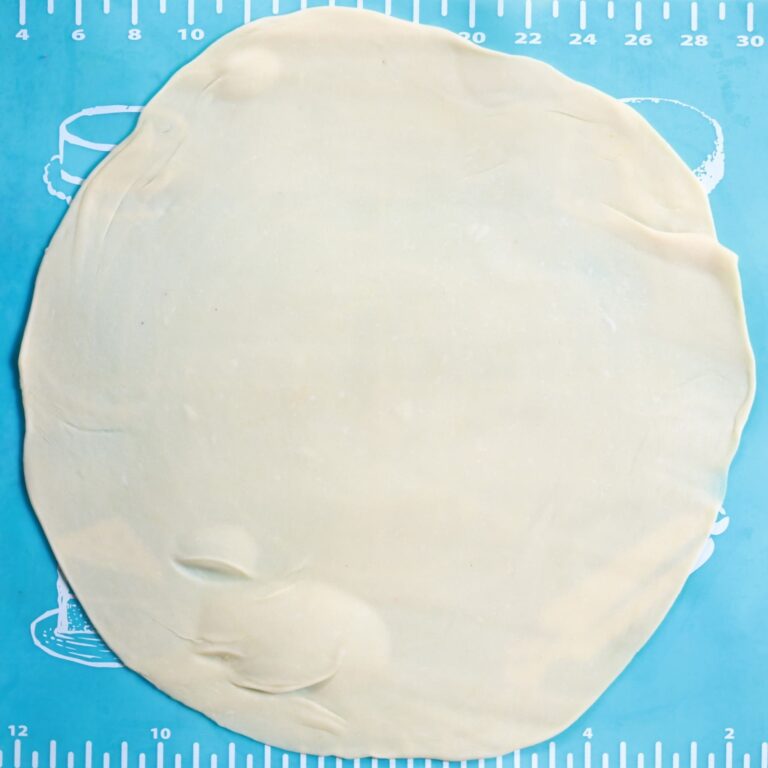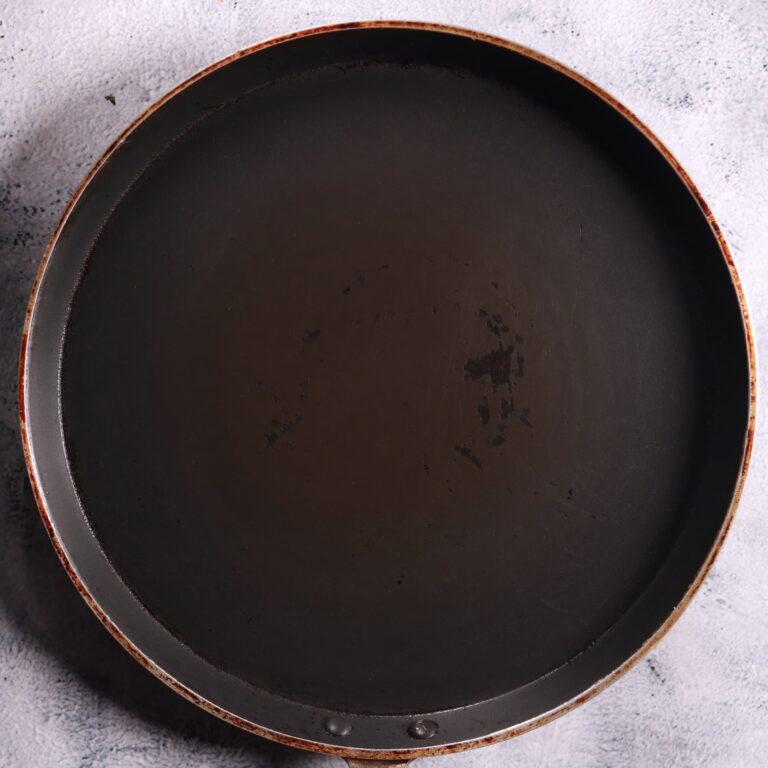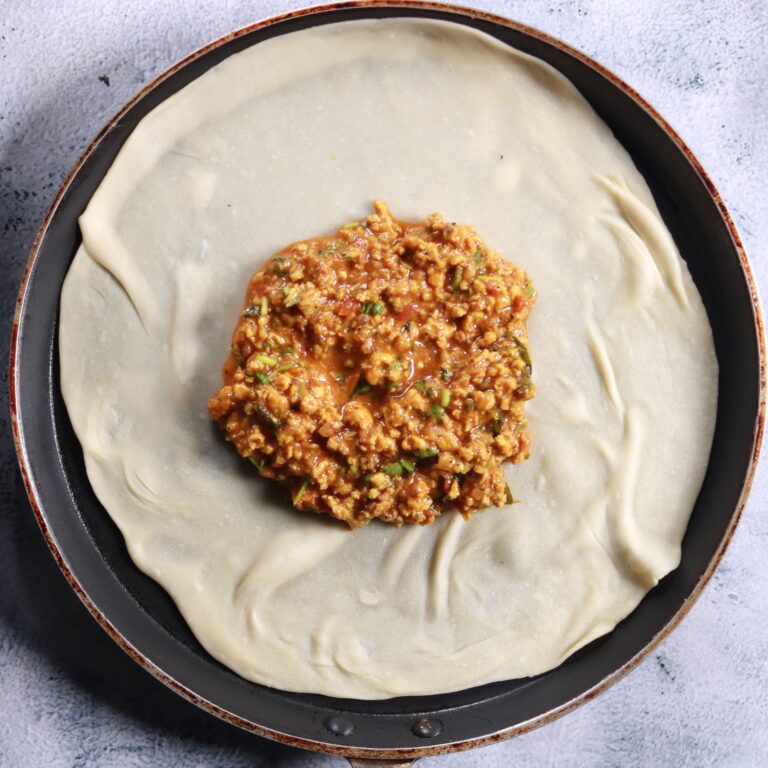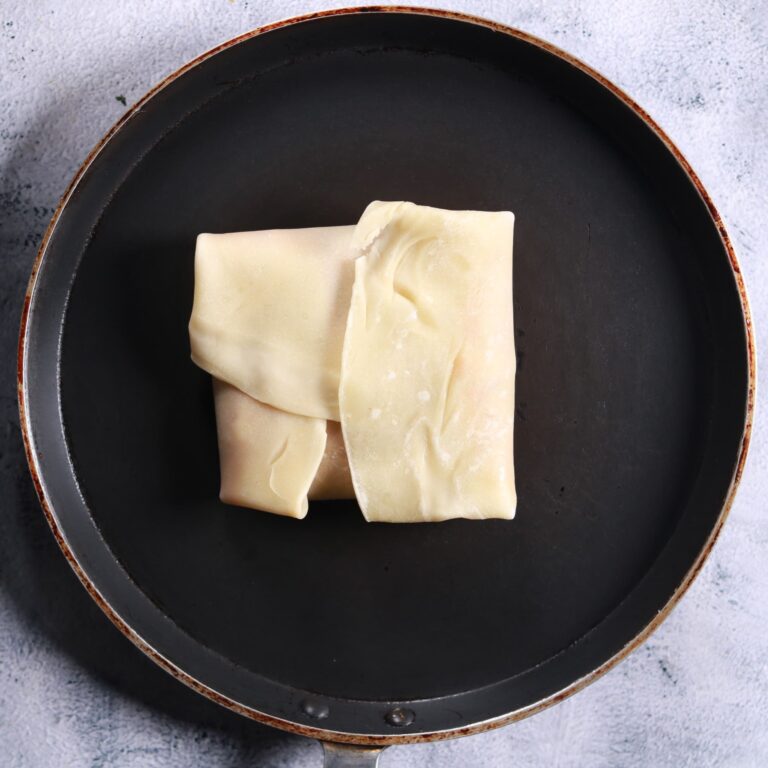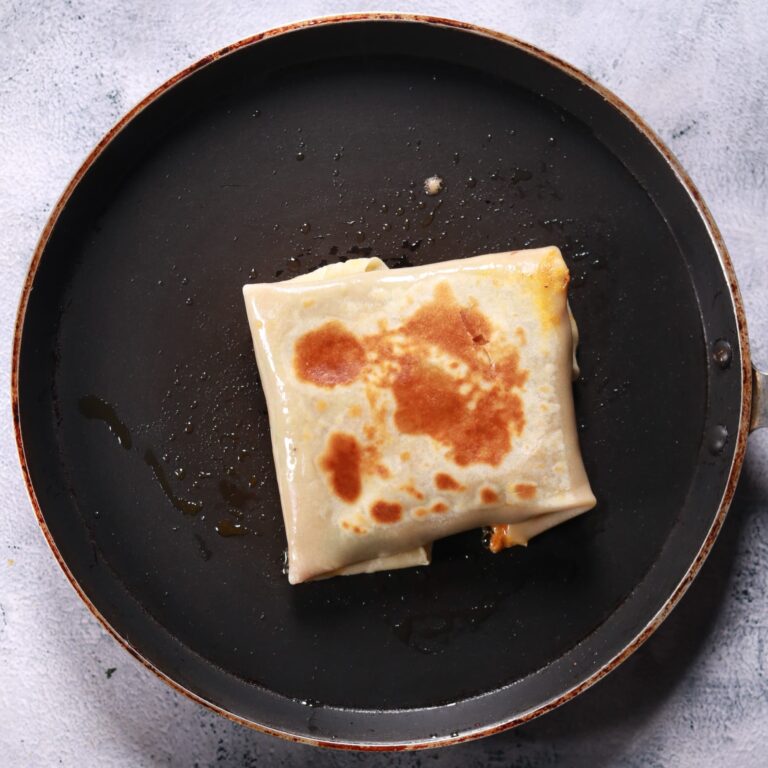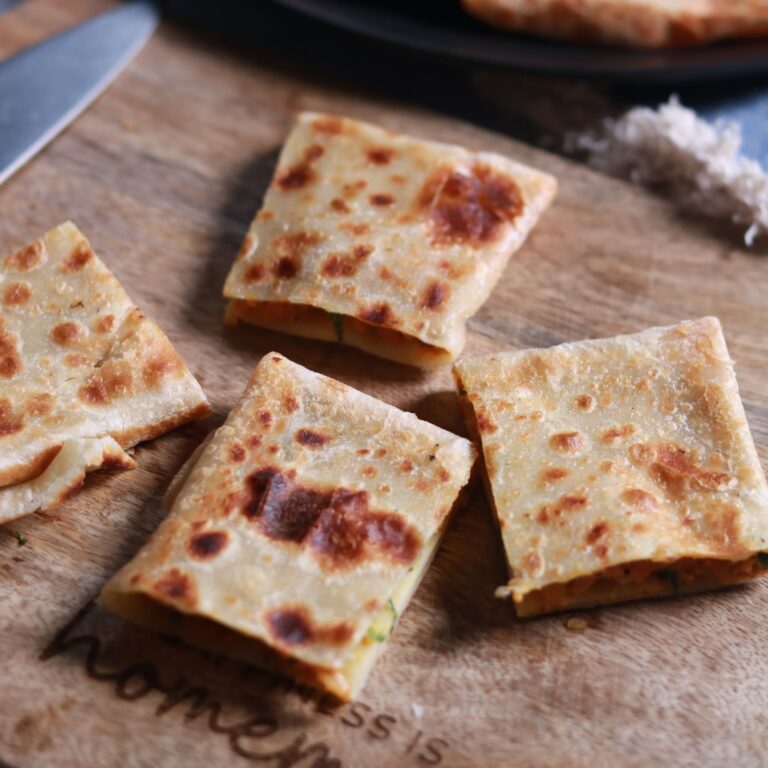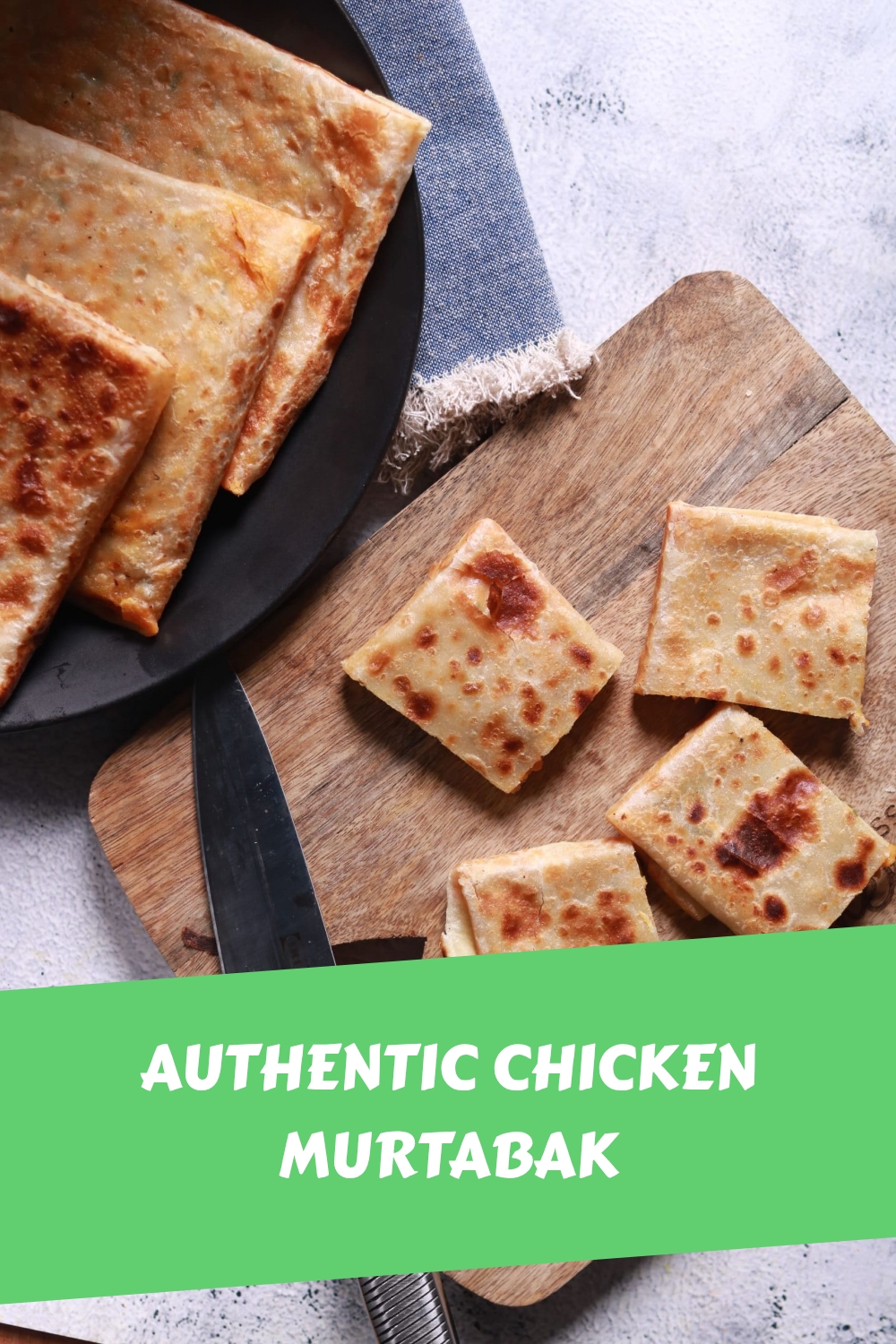Ever wondered why that crispy, flaky murtabak you had at a street food stall tasted so heavenly? The secret lies in two things: a well-made paratha dough and a boldly spiced murtabah filling. If you love experimenting in the kitchen or just want to recreate a favourite street food at home, you’re in for a treat. Today, I’ll walk you through making soft, stretchy paratha dough and a juicy chicken filling that comes together in a golden, crispy parcel, just like the best chicken murtabak you’ve ever tasted.
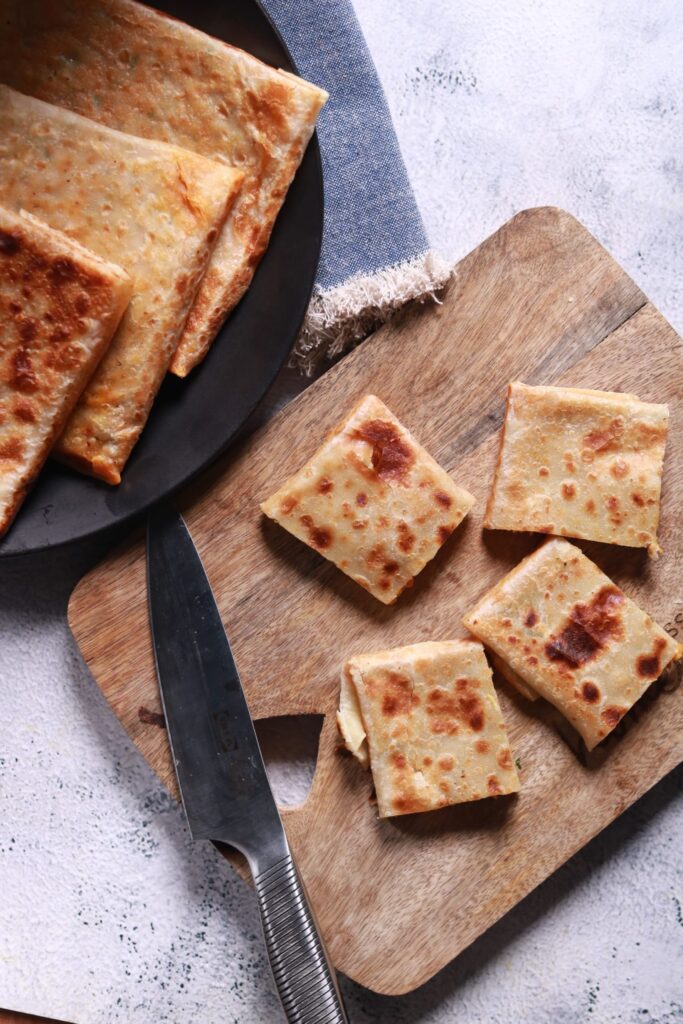
Murtabak, sometimes spelled mutabbaq or motabbaq, is a savory stuffed pancake or pan-fried bread with a fascinating, multicultural history that spans continents. The name “murtabak” comes from the Arabic word mutabbaq, meaning “folded,” which hints at both its shape and origins
Other Breads recipes
- Kerala Paratha: A Flaky South Indian Delicacy
- Missi Roti Recipe: The Punjabi Gram Flour Flatbread.
- Nutrient-Packed Gaith ki Dal Paratha Recipe – Wholesome and Delicious!
- Bedmi Poori Recipe (Pithi Wali / Urad Dal Poori)
Early Origins of Murtabak
Murtabak’s roots are often traced back to Yemen, where it was likely created by the Indian community living there. The dish then traveled along trade routes, carried by Tamil Muslim traders and other Indian merchants, to Southeast Asia and beyond. In Yemen and the broader Arabian Peninsula, murtabak was typically a thin, pan-fried bread filled with minced meat, eggs, and aromatics, folded into a square and fried until crispy
As murtabak traveled east, it picked up influences from the Indian subcontinent, especially from the state of Kerala. Here, the dish was known as “mutabar” a blend of “muta” (egg in the local language) and “bar” (from “barota” or “paratha,” referring to the bread). The “mamaks” (a Tamil term for “uncle”). Tamil Muslim traders played a key role in spreading murtabak throughout Southeast Asia, particularly Malaysia, Singapore, and Indonesia
The Main Component of Murtabak Recipe
Paratha Dough Ingredients:
These form the flaky, golden outer layer that wraps the filling. You’ll need maida (all-purpose flour), salt, egg, milk, oil, and water. The egg and milk make the dough soft and rich, while oil helps with that signature crispiness.
Filling Ingredients:
This is the flavorful heart of murtabak. The filling combines minced chicken (the main protein), onions, tomatoes, green chillies, ginger-garlic paste, and a blend of spices like turmeric, red chilli powder, black pepper, garam masala, and coriander powder. Eggs are mixed in to bind everything together, and fresh coriander plus curry leaves add a burst of freshness. Optionally, a little non-veg curry or gravy can be added for extra juiciness.
Murtabak Photo Gallery











Serving Suggestions and Variations
Chicken murtabak is delicious on its own, but it truly shines when paired with cooling raita, tangy pickle, or a fresh green chutney. If you’re feeling adventurous, try these variations:
- Swap chicken for minced lamb, or even paneer for a vegetarian twist.
- Add a handful of cheese to the filling for a melty surprise.
- Use leftover curry as the base for your filling for an extra-rich flavour.
You can also experiment with the dough; some folks add a splash of condensed milk or a bit of ghee for a richer taste. If you’re short on time, spring roll sheets or phyllo pastry dough can even stand in for homemade dough in a pinch
FAQs, Murtabak
What’s the difference between paratha and murtabak dough?
Paratha dough is usually made with whole wheat or all-purpose flour, water, salt, and sometimes oil or ghee. Murtabak dough often includes egg and milk for extra softness and elasticity.
Can I make the dough ahead of time?
Absolutely! Resting the dough overnight in the fridge makes it even easier to roll out and gives a better texture.
Is it necessary to add egg to the dough?
Egg isn’t strictly necessary, but it does make the dough softer and more pliable, which is great for stretching thin.
Can I freeze murtabak?
Yes! Cooked murtabak freezes well. Just wrap tightly and reheat in a pan to restore crispiness.
What’s the best way to get a flaky paratha?
Rest the dough, use enough oil, and roll it out as thin as possible. Don’t skip the resting time—it’s key for flakiness.
What other fillings can I try?
Paneer bhurji, sautéed mushrooms, or even spicy potatoes make delicious vegetarian alternatives.
How do I keep murtabak crispy?
Serve immediately after cooking, and avoid stacking them while hot to prevent steam from softening the crust.
Is this recipe spicy?
It has a gentle heat, but you can adjust the chili powder and green chilies to suit your taste.
What’s the best oil for frying?
Neutral oils like sunflower, canola, or vegetable oil work well. For extra flavor, try ghee or clarified butter
Ingredients
Paratha Dough
- 2 cups maida all-purpose flour
- 1 tsp salt
- 1 no egg
- 3 tbsp milk
- 2 tbsp oil
- 1/2 cup approx. 100 ml water, as needed
- oil for greasing paratha
Murtabah Filling
- 3 tbsp oil for cooking
- 2 no medium onions finely chopped
- 1 no medium tomato finely chopped
- 2 no green chilies finely chopped
- 1 ½ tsp ginger-garlic paste
- ¼ tsp turmeric powder
- 1 ½ tsp red chili powder
- 1 tsp black pepper powder
- ½ tsp garam masala powder
- 1 tsp coriander powder
- 400 g minced chicken
- 1 cup non-veg curry/gravy optional, for flavor
- 2 no eggs lightly beaten
- 3 tbsp fresh coriander leaves chopped
- 1.5 sprigs curry leaves chopped (optional)
- 1 tsp Salt
Instructions
- Combine maida, salt, egg, milk, and oil in a large bowl.
- Mix while gradually adding water to form a soft dough.
- Knead the dough for 3–5 minutes until smooth and elastic.
- Divide into balls (about 60 g each), cover with a damp cloth, and let rest for 30 minutes.
- Heat oil in a pan over medium heat.
- Sauté green chilies and add chopped onions until translucent.
- Add curry leaf and ginger-garlic paste. Cook until aromatic (1–2 minutes).
- Add chopped tomato and saute till it get mashed.
- Stir in turmeric, red chili powder, black pepper, garam masala, and coriander powder.
- Add minced chicken and cook until browned (about 5–7 minutes).
- Mix in non-veg curry/gravy if using and simmer for 3–5 minutes.
- Turn off the heat and let the mixture cool.
- Stir in beaten eggs, chopped coriander, curry leaves, and salt. Mix thoroughly.
- Roll out each dough ball into a thin circle or square (~8–10 inches wide).
- Heat a tawa or flat pan on medium and grease lightly with oil.
- Place the dough on the pan and add 1/2 cup tablespoons of filling in the center.
- Fold the dough over the filling from all four sides to make a square or rectangle. Press edges to seal.
- Cook seam-side down for 2–3 minutes, then flip and cook another 2–3 minutes until both sides are golden and crisp.Repeat with remaining dough and filling.
- Cut into pieces and serve hot with raita, pickle, or green chutney.

